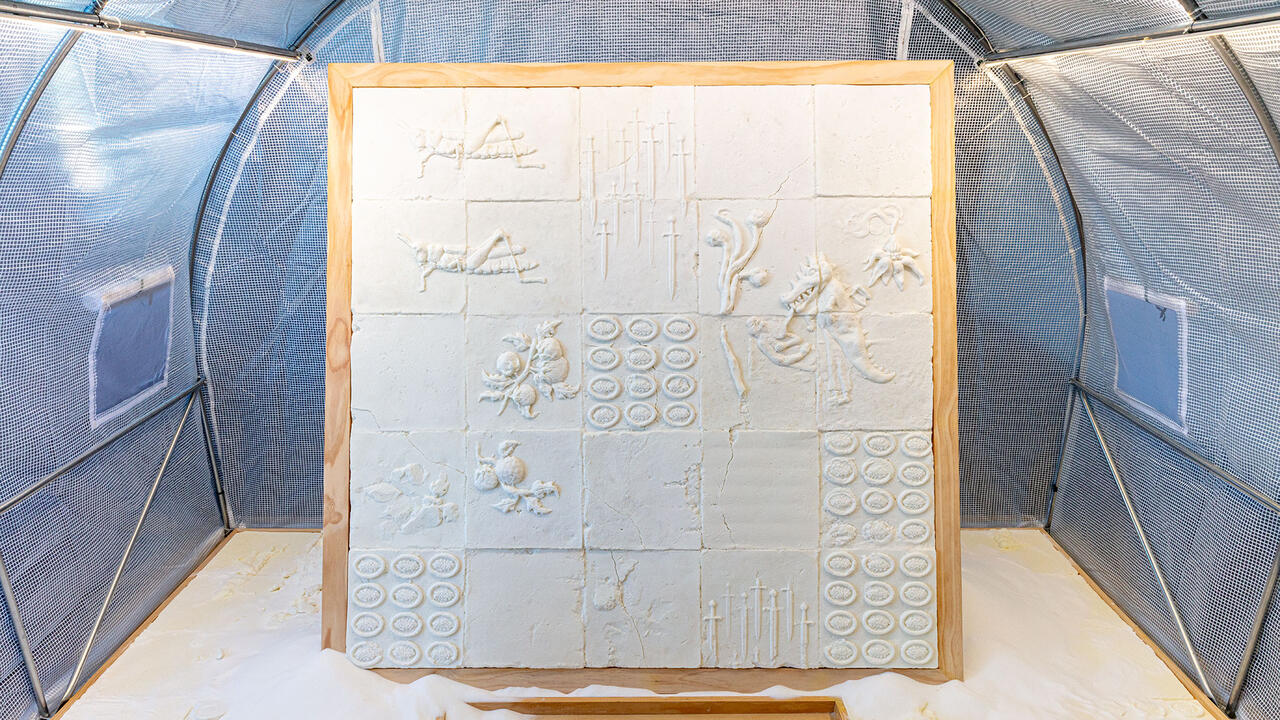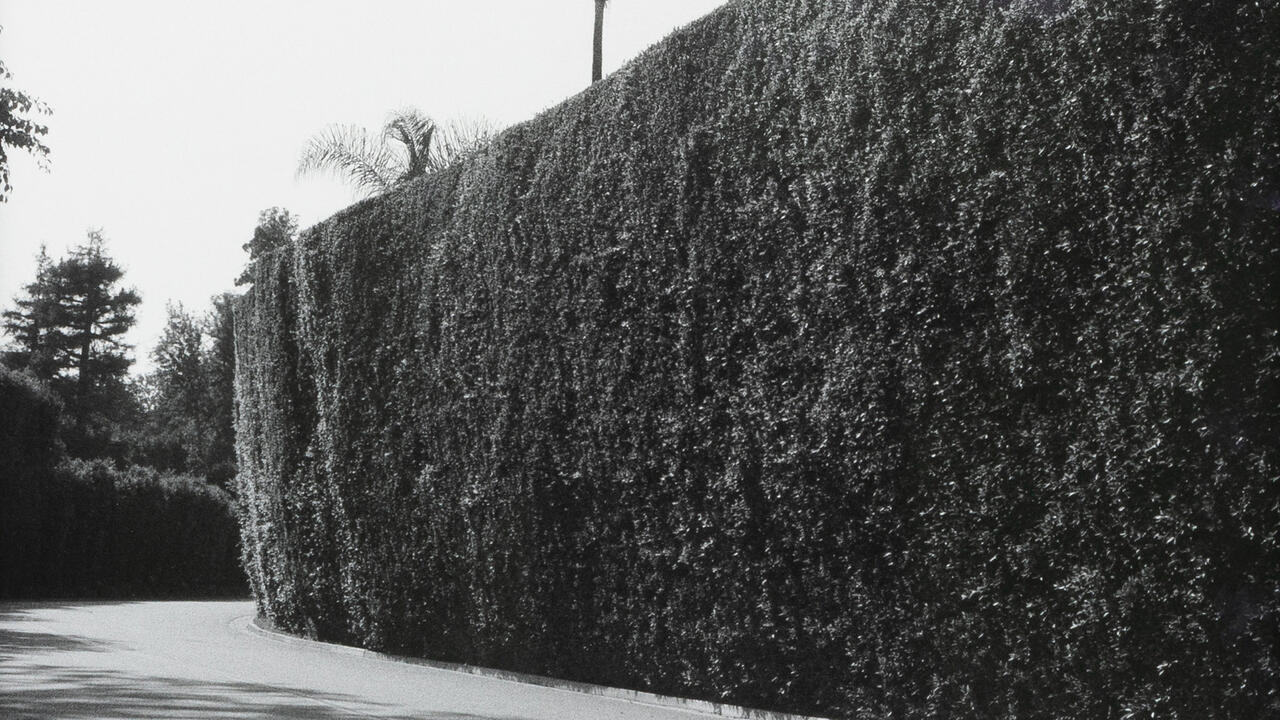Glenn Brown
At first glance this looks like a group show curated by someone tripping so high they got the labels wrong: an exquisite little Rembrandt called I Lost My heart to a Starship Trooper (1996) is hung near the Böcklin-esque Zombies of the Stratosphere (1999). A huge sci-fi painting is titled Böcklin's Tomb (after Chris Foss) (1998); turn the corner and a Fragonard child with De Kooning flesh, Disco (1997-98), stares across the room at an Auerbach portrait, Bertrand Russell at the BBC (1999), which looks as if it was pulled out from beneath a steam roller.
But this isn't a group show - every one of the 19 paintings, two sculptures and two photographs is by Glenn Brown. Although his virtuoso paintbrush wielding links the look of the paintings - hyper-real images of unreality - each is different from the one that precedes it. It's not just that they reference sources from different centuries and juxtapose titles with images they seem to have nothing to do with. It's more that they seem to be about different things - the cyclical dreams of art history (Fragonard) or the architecture of paint (Salvador Dali) or slippery time shifts (the science fiction illustrator Chris Foss) or humour (every title) or debunking heroics or whatever it is you expect a painting to do. If the Auerbach copies look like a young painter laughing at the Expressionist credo of more-paint-equals-more-feeling, then signs of a lover's struggle litter the surfaces of the big sci-fi pictures. In The Tragic Conversion of Salvador Dali (after John Martin) (1998), for example, an image of the future wrestles with a futuristic vision from the past, filtered through the complex relationship the artist has with the memory of memorable paintings. As a painting it's far less slick than the Auerbachs, but as an idea it's a lot more interesting.
Brown's trademark is the flattened painterly gesture - Auerbach without the impastoed anguish, Rembrandt without the biographical gloom, Fragonard without the frivolity. Somehow too perfect to be the originals (there's usually something modest about really great paintings) they drift in and out of focus like a ghost caught in a time machine or the mind of someone looking at art. Their glassy surfaces look like the magazine reproductions or book illustrations you pore over when studying painting; when the most significant aspect of a picture - its surface - is reduced to a tiny rectangle and surrounded by text. But Brown's technique, like all trademarks, only hints at the complexity of the finished product.
Although they can take your breath away, the paintings at first seem a little cold, ironically plagiaristic and full of intellectual trickery. But for all their overt sophistication, they get odder and less resolved the more you look at them, as if they need a while to loosen up and prove that they're interesting in themselves, to stop lecturing you about what's real or not (a question everyone knows the answer to deep down anyway). Their very familiarity is disturbing because they're creepily familiar in the way impersonators are familiar - you know who they're meant to be, but as you've never met the person being mimicked you can't tell how accurate the copy is. You might be able to recognise a Rembrandt or an Auerbach but do you know which one it is really? Maybe it doesn't exist. And then you realise - Brown's paintings don't imitate, they approximate and elaborate their source material. It's this aspect of the work that makes it too easy to dismiss their seductiveness because the originals were so good, or to read them simply as dry exercises about authorship and authenticity - which at this point in time is a line of exploration that is pretty tired from all the attention it got in the 80s. Of course Brown is interested in the shaky constituents of originality and influence but in a way that makes the final products seem not so much copies as celebrations of false memory syndrome. There's no right way to look at or remember a painting, he seems to be saying. And he's right.
John Martin, Chris Foss, Frank Auerbach, Salvador Dali, Fragonard and Rembrandt - some of the artists Brown returns to again and again may seem to be strange bed-fellows, but they share more than might initially seem evident - a fascination with the detail of grand visions, with mortality and with the textures of the physical world. That Brown examines and reworks them obsessively is an understatement. Brown stalks paintings, dissecting their surfaces and rearranging their functions until he makes them his own. In this sense, he's like a Romantic painter who has become a Mannerist: someone who makes art while he weeps and laughs.
















